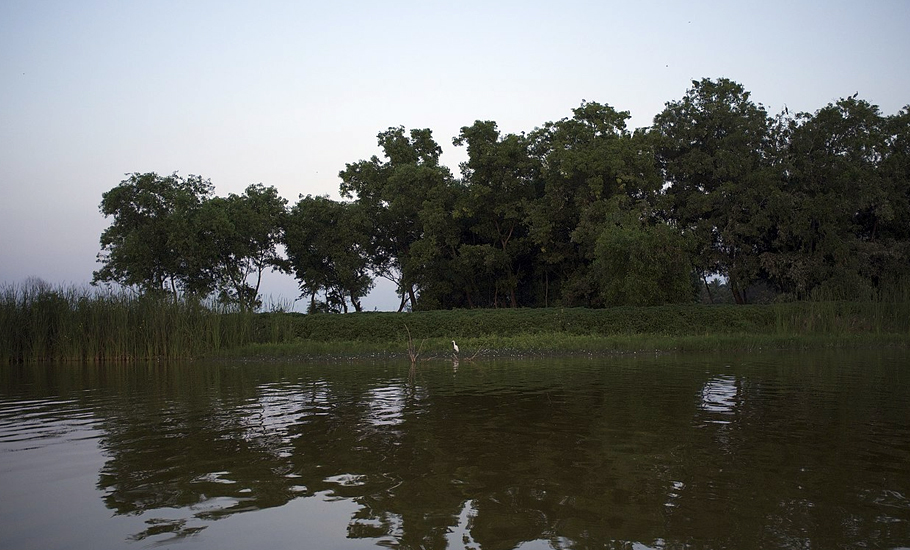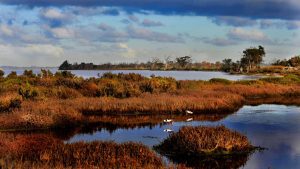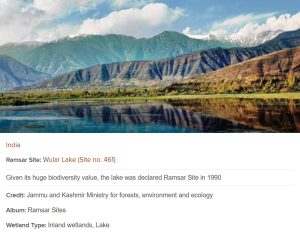
5 more Indian wetlands added to Ramsar list; Pallikaranai among 3 in TN

Five more Indian sites, three from Tamil Nadu and one each from Mizoram and Madhya Pradesh, have been recognised as wetlands of international importance under the Ramsar Convention, taking the number of such sites in the country to 54, the Union environment ministry said on Tuesday (June 26).
What is the Ramsar list?
The Ramsar Convention is an international treaty for the conservation and wise use of wetlands. It is named after the Iranian city of Ramsar on the Caspian Sea, where the treaty was signed on February 2, 1971.

Also Read: India aims to have 75 Ramsar sites on 75th anniversary of Independence
The aim of the Ramsar list is “to develop and maintain an international network of wetlands which are important for the conservation of global biological diversity and for sustaining human life through the maintenance of their ecosystem components, processes and benefits”.
The Ramsar sites are maintained in the Montreux Record, which makes it easier to track any major ecological changes that might affect any of the wetland sites positively or in a reverse way.
India’s wetlands
“The emphasis PM Shri Narendra Modi ji has put on environmental protection and conservation has led to a marked improvement in how India treats its wetlands. Delighted to inform that five more Indian wetlands have got Ramsar recognition as wetlands of international importance,” Union Environment Minister Bhupender Yadav tweeted.
Karikili Bird Sanctuary, Pallikaranai Marsh Reserve Forest and Pichavaram Mangrove in Tamil Nadu, Sakhya Sagar in Madhya Pradesh and Pala Wetland in Mizoram have made it to the coveted list, he said.
Also Read: Bengal govt allocates Rs 2 crore to civic body for restoring part of East Kolkata Wetlands
Some Ramsar sites in India
1- Kolleru Lake- Andhra Pradesh
2- Deepor Beel- Assam
3- Kanwar Lake- Bihar
4- Khijadiya, Nalsarovar, Thol Lake, Wadhvana Wetland- Gujarat
5- Sultanpur National Park, Bhindawas Wildlife Sanctuary- Haryana
6- Chandra Taal, Pong Dam Lake, Renuka Lake- Himachal Pradesh
7- Hokersar Wetland, Surinsar-Mansar Lakes, Wular Lake- Jammu and Kashmir
8- Ashtamudi Wetland, Sasthamkotta Lake, Vembanad-Kol Wetland- Kerala
9- Tsomoriri, Tso Kar- Ladakh
10- Bhoj Wetland- Madhya Pradesh

Khijadia Wildlife Sanctuary in Gujarat and Bakhira Wildlife Sanctuary in Uttar Pradesh were announced as Ramsar sites on January 2, 2022, the occasion of World Wetland day 2022. The event was held at Sultanpur National Park, a Ramsar site in Haryana.
Haiderpur Wetland in Uttar Pradesh was added as the 47th Ramsar Site in December 2021. A human-made wetland formed in 1984, it is located within the boundaries of Hastinapur Wildlife Sanctuary.
Four sites were added to the list in August 2021.
Also read: Bethel Nagar’s woes, and the need for a policy on Chennai’s wetlands
The Ramsar convention entered into force in India on February 1, 1982.
India now has 54 sites designated as Wetlands of International Importance (Ramsar Sites). This is the highest in South Asia.
(With inputs from agencies)

